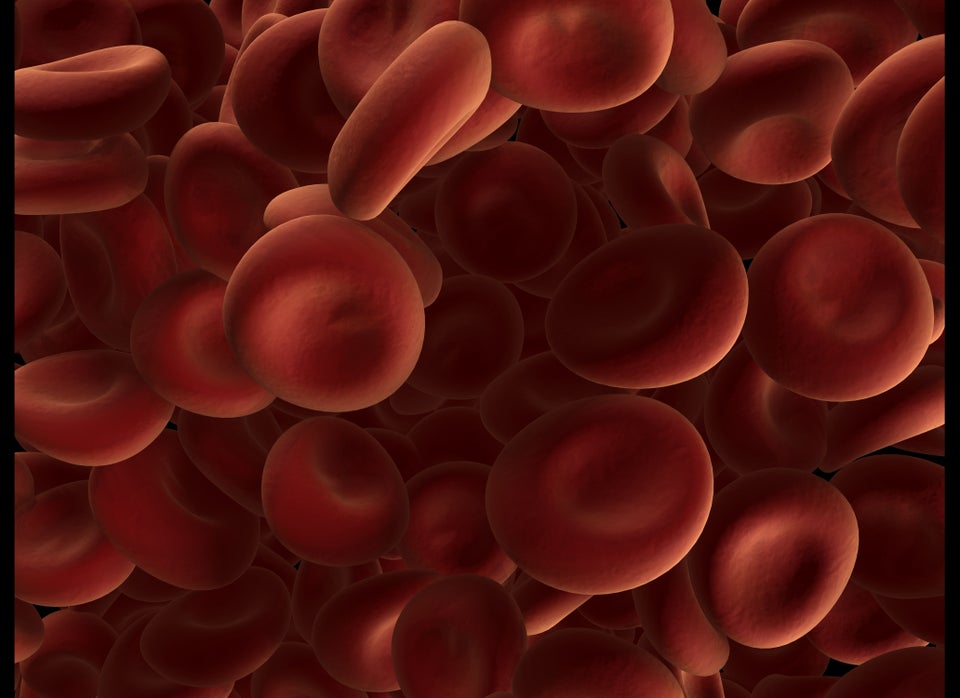
Excerpted from Beyond X and Y: Inside the Science of Gender by Jane McCredie (Rowman & Littlefield, $34) and appears by permission of the publisher.
“A brief episode of physical release from the vasocongestion and myotonic increment developed in response to sexual stimuli,” was how pioneering sex researchers William Masters and Virginia Johnson described the orgasm in 1966. I doubt many people would consider that an adequate representation of the experience, but then the sensation is notoriously difficult to capture in words (although D. H. Lawrence certainly tried).
Researchers in the 1970s asked male and female college students to describe their orgasms in an attempt to assess whether there was any difference in the sexes’ subjective experience of the phenomenon. The descriptions were certainly more evocative than that of Masters and Johnson. For example,
Basically it’s an enormous buildup of tension, anxiety, strain followed by a period of total oblivion to sensation then a tremendous expulsion of the buildup with a feeling of wonderfulness and relief.
A sudden feeling of lightheadedness followed by an intense feeling of relief and elation. A rush. Intense muscular spasms of the whole body. Sense of euphoria followed by deep peace and relaxation.
Feels like tension building up till you think it can’t build up any more, then release. The orgasm is both the highest point of tension and the release almost at the same time.
The students’ accounts, with any gender-specific anatomical details removed, were shown to a group of male and female experts—doctors, psychologists, and medical students—to see if they could work out which ones described a male orgasm and which ones a female. They couldn’t.
If the sensation of orgasm is similar in the two sexes, so too is the physiological process of arousal and satisfaction. Male or female, our hearts beat faster, we breathe more quickly and shallowly, and blood rushes to our genitals causing our penis, or clitoris and labia, to swell. If the engorged areas receive the right stimulation for the right amount of time, our brains and genitals will cooperate to produce the rhythmic contractions and pleasurable sensations of climax. Females can stay aroused after a first orgasm and keep repeating the experience, while in males the climax will usually, though not always, be accompanied by ejaculation and detumescence.
The pioneer of sexual research and family planning, Marie Stopes, early last century wrote that men could practice birth control by training themselves not to ejaculate during sex. The key apparently was to focus on “the spiritual aspect of the beloved,” though Stopes herself was not convinced: “In my opinion an average, strong and unimaginative Englishman is not likely to achieve success in this type of union, but more sensitive and artistic temperaments and those in which the vitality is not excessive undoubtedly can do so.”
When it comes to understanding what actually happens when we have an orgasm, science still has a lot to learn. Despite the best efforts of Masters and Johnson, and earlier of Alfred Kinsey, studying the sex act in humans has always had a whiff of the disreputable about it. And there are inevitable questions about how well sex under laboratory conditions replicates the experiences most of us have in private.
You might think it happens between your legs, but actually “experiencing orgasm is a function of the brain,” say researchers at the University of Groningen in the Netherlands who have been doing their best to overcome the research difficulties. Despite the rapid advances in imaging technology in recent years, looking inside the brain during sexual activity is no easy task.
Quality images require the body part under consideration to remain still, clearly a challenge in the case of sexual intercourse. The Dutch researchers have had to fall back on studying orgasms produced through manual stimulation by a partner. During this process, participants’ heads are immobilized to facilitate the PET scan of their brain and a rectal probe is inserted to monitor pelvic contractions and verify reported orgasms have actually occurred. That all twelve women in one study managed to have an orgasm—not to mention that four of them came twice and two of them three times—seems to speak to the power of human desire. Or maybe the setting was more erotic than it sounds.
There was considerable overlap in the orgasmic brains of men and women, although there were also some differences, the researchers found. There was more activation of parts of the brain involved in sensations of touch in men than in women. In both sexes, but especially in women, brain regions associated with behavioral control showed reduced activity during orgasm. Research leader Gert Holstege told the London Times this suggested “letting go of all fear and anxiety might be the most important thing, even necessary, to have an orgasm.”
Females are both more and less orgasmic than males: climax is harder to achieve but they can also come repeatedly within a short space of time. Reliable figures are hard to get, but it’s estimated that 10 to 20 percent of women may have serious difficulty reaching a climax. Men, of course, have their own sexual difficulties, especially as they age, but being unable to reach orgasm during penetrative sex is not usually one of them.
Stopes was ahead of her time when she started campaigning for recognition of the female orgasm, even going so far as to provide a detailed description of the clitoris. Much of the neuroticism of early twentieth-century women could be attributed to the fact they were aroused in the marital bed and then left unsatisfied, she believed. In her 1918 book, Married Love, she advised doctors to question any woman with sleeping problems about whether her husband “really fulfils his marital duty in their physical relation.” The multiple editions of her books indicate she certainly found an audience, but I wonder how many medical practitioners heeded her advice. Stopes herself disapprovingly quoted a “distinguished American doctor” who in 1900 wrote, “I do not believe mutual pleasure in the sexual act has any particular bearing on the happiness of life.”
The 2007 study of casual sexual encounters among American college students indicates such attitudes may not have entirely disappeared. Women in this study were far less likely than their male companions to reach orgasm, partly, it appeared, because of a greater focus on male satisfaction in the encounters. In couples who did not have penetrative sex, for example, the men were three times more likely than the women to be the only ones to receive oral sex. Some men admitted that, if they saw the encounter as a oneoff, they didn’t much care about the woman’s orgasm. “I mean like if you’re just like hooking up with someone, I guess it’s more of a selfish thing,” said one. In other cases, the men did try but were unsure of just how to get there.
And others were deceived by women faking it. Women said they did this to make the man feel good, “to make them feel like they’ve done their job,” or “just really to end it.”
I can’t help feeling a bit sorry for those boys saying they tried but they didn’t really know how to make sure their partner had an orgasm. Where once the emphasis was all on restraint, these days it sometimes seems to be all about performance. Are you a good kisser? Do you give good head? How many orgasms do you have or give? One man earnestly tells me that he likes watching porn because it gives him ideas and I can’t repress an unfortunate image of him, notebook in hand, formulating programs for future sexual encounters. For men, the number of orgasms a woman has can be a measure of their prowess, which I suppose is why some women end up faking it.
It’s hard to believe that science not that long ago was still questioning the very existence of the female orgasm. When Kinsey revealed in the 1950s that 14 percent of American women reported, not just having them, but having them in multiples, the suggestion was ridiculed by rival experts. Psychoanalyst Edmund Berger and gynecologist William Kroger declared, “One of the most fantastic tales female volunteers told Kinsey (who believed it) was that of multiple orgasm. The 14 percent belonged obviously to the nymphomaniac type of frigidity where excitement mounts repeatedly without reaching a climax. Kinsey was taken in by the near-misses.”
Of course he was. Although the existence of the female orgasm, even in multiple form, is no longer controversial, scientists still shake their heads over why such an apparently useless phenomenon would have come into being. It (and the clitoris) have even been compared to male nipples, a vestigial remnant of something necessary in one sex that persists for no apparent reason in the other. It never seems to occur to the people who make such arguments that, if the female orgasm is not essential for purposes of reproduction, than neither is the male. Male ejaculation is necessary for conception to occur, but there is no biological reason why it has to be accompanied by the pleasurable sensations of orgasm.
Various evolutionary explanations for the female orgasm have, in fact, been proposed, most commonly that the accompanying contractions might help to keep sperm in the vagina and propel them toward the cervix. Even the capricious nature of the female orgasm could be an evolutionary adaptation, it has been suggested. If a woman has several partners during her fertile period, this might mean the one who brings her to climax has a better chance of getting to fertilize the egg. The evidence linking orgasm to increased likelihood of conception is not conclusive, but it seems to me there could be a much simpler explanation. Women would probably be more inclined to mate with those men who gave them orgasms and, more generally, making the sex act pleasurable for both participants would have to help promote the reproduction of the species.
